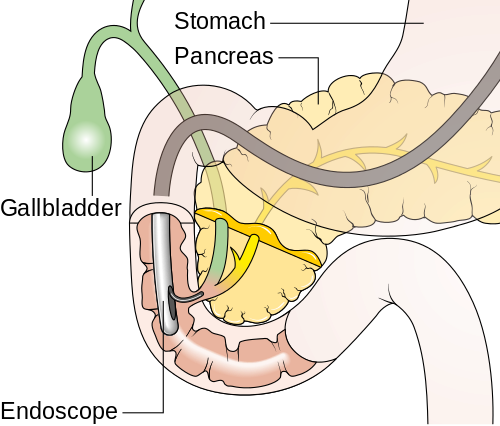Diagnosis of Bile Duct Cancer



1. Multiphase CT and MRI
- High-resolution contrast-enhanced CT and MRI scans are first-line tools for evaluating biliary masses, ductal obstruction, vascular involvement, and metastatic spread.
- MRI with MRCP (Magnetic Resonance Cholangiopancreatography) is particularly useful for visualizing the biliary tree non-invasively and assessing the level and extent of bile duct strictures or masses.
2. Endoscopic Ultrasound (EUS)
- EUS provides high-resolution imaging of the distal bile duct and ampullary region. It is especially useful for detecting small or infiltrative tumors and can guide tissue acquisition via fine-needle aspiration (FNA).
3. Histological Tissue Biopsy (EUS-FNA/B, ERCP sampling, PTC biopsy)
- A definitive diagnosis relies on pathology. Tissue samples can be obtained via EUS-guided biopsy, brushings or forceps biopsy during ERCP, or percutaneous approaches such as PTC-guided biopsy.
4. Endoscopic Retrograde Cholangiopancreatography (ERCP)
- ERCP is used for both diagnostic and therapeutic purposes, allowing ductal visualization, cytologic sampling, and stent placement for biliary obstruction.
- In select cases, peroral digital cholangioscopy enables real-time visualization and targeted biopsies, improving diagnostic yield for biliary strictures and intraductal lesions.
5. Blood Samples
- Tumor markers such as CA 19-9 and CEA may support diagnosis but have limited specificity.
- Liquid biopsy techniques, including circulating tumor DNA (ctDNA) and exosome analysis, are emerging tools for non-invasive tumor profiling.
Stages of Bile Duct Cancer
Staging of biliary tract cancer depends on the anatomical subtype: intrahepatic cholangiocarcinoma, perihilar cholangiocarcinoma, distal cholangiocarcinoma, gallbladder cancer, or ampullary cancer.
The TNM classification considers:
- T (Tumor size and extent of invasion)
- N (Regional lymph node involvement)
- M (Distant metastasis)
Each subtype has distinct staging criteria under AJCC 8th edition. Imaging (CT, MRI, PET), diagnostic laparoscopy, and pathology are used to determine clinical stage and resectability.